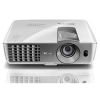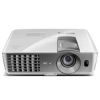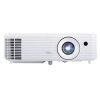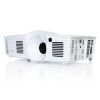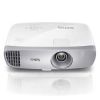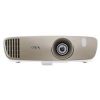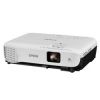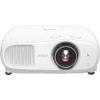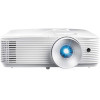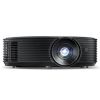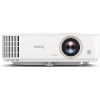Apr 23, 2021
If you are looking for a mid-range projector with a 1080p resolution, you are in the right place. The BenQ W1070 review will give you information about a 3D-ready Full HD DLP projector that suits per...
Read More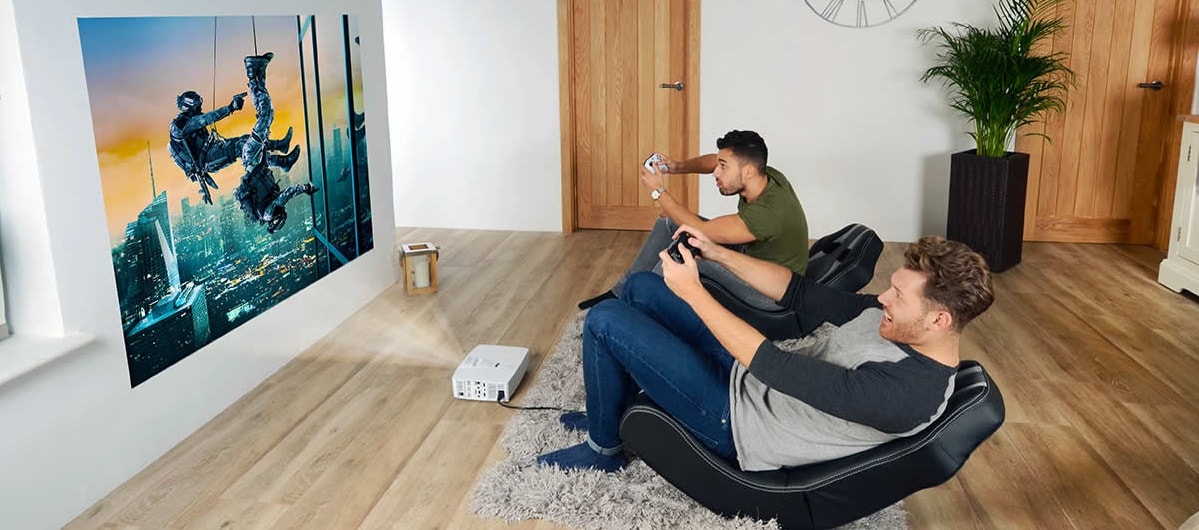
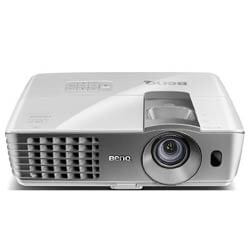 Recently I’ve decided to compare Optoma HD26 vs BenQ W1070. In the manual, it’s said that it’s capable to get a 235-inch screen, but on practice, I’ve discovered that a really huge room is required for such results, unfortunately, I don’t have the one.
Recently I’ve decided to compare Optoma HD26 vs BenQ W1070. In the manual, it’s said that it’s capable to get a 235-inch screen, but on practice, I’ve discovered that a really huge room is required for such results, unfortunately, I don’t have the one.
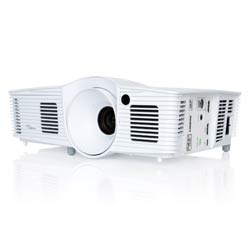 The first thing that I’ve noted is the keystone that distorts the image and also, cuts off the edges. I still can’t get used to it. Via a color wheel calibration it can be changed easily but not to a full extent.
The first thing that I’ve noted is the keystone that distorts the image and also, cuts off the edges. I still can’t get used to it. Via a color wheel calibration it can be changed easily but not to a full extent.
On the first hand, BenQ W1070 has more powerful lamp type (240 vs 190 W) in BenQ W1070 vs Optoma HD26 comparison. However, Optoma HD26 has higher brightness (3200 versus 2000 lumens). On the other hand, BenQ W1070 has lower contrast ratio (10000:1 versus 25000:1). Optoma HD26 doesn’t have RS232 (DB-9pin).
Before making a final choice, note that shadows are not BenQ’s W1070 strong point, there it lacks intensity and depth of the darkness. Also, pay attention to Optoma’s HD26 picture issues, it has black and white clips.
Also, you can glance through my other articles on projectors.
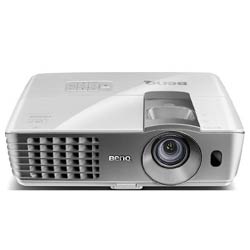
Apr 23, 2021
If you are looking for a mid-range projector with a 1080p resolution, you are in the right place. The BenQ W1070 review will give you information about a 3D-ready Full HD DLP projector that suits per...
Read MoreBenQ W1070
We've tested most popular Home theater projectors, analysed all technical characteristics and features to find the Best Projectors 2025
